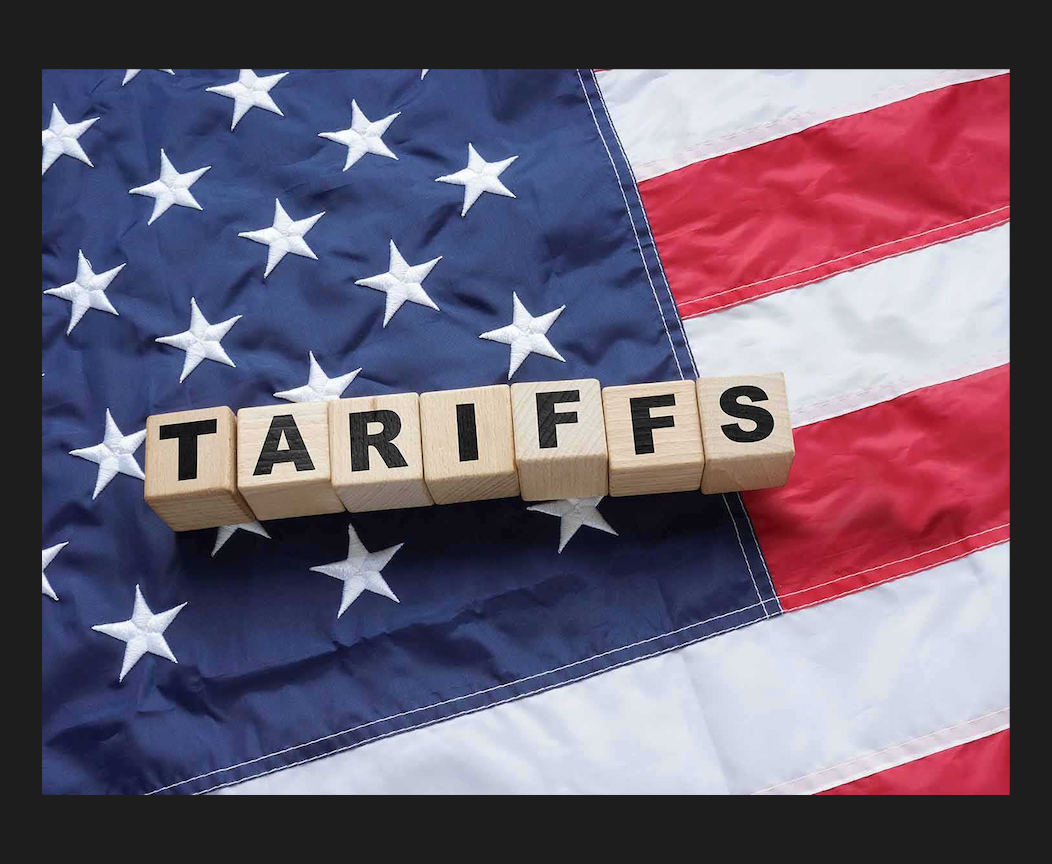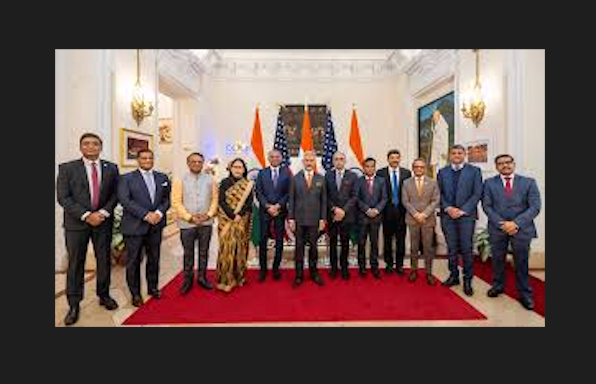- The tariff reform aligns with US efforts to diversify supply sources away from countries dominating global tropical agriculture
- It also offers India an opening—albeit a narrow one—to deepen its agricultural presence in the American market
The United States has announced a significant exemption removing reciprocal tariffs on agricultural products that are not produced domestically—opening a $50-billion market segment to Most-Favoured Nation (MFN) tariff treatment. While this offers export opportunities, India’s immediate gains may be modest due to its narrow presence in the exempted categories.
According to the White House notification, Washington aims to avoid penalising partner nations exporting products that the US does not grow in substantial quantities. The list includes spices, cocoa, coffee, tea, tropical fruits, fruit juices, tomatoes, bananas and certain fertilizers. These categories represent $50.6 billion in annual American imports.
Current data, however, shows India supplies only $548 million worth of goods in these categories. Most of India’s shipments consist of premium spice products: pepper and capsicum preparations worth around $181 million; ginger, turmeric and curry mixes contributing $84 million; anise and cumin seeds at $85 million; and cardamom and nutmeg at $15 million. Tea exports add another $68 million
India has almost no market share in major exempted items such as fresh citrus, bananas, melons, tropical fruits and a wide range of fruit juices—areas dominated by Latin American and African exporters. Analysts note that while India could benefit from improved competitiveness in high-value spices, the overall impact will be limited unless producers expand into categories where India currently lacks scale.
Uncertainty remains regarding whether Indian shipments will be exempt from the earlier 25% reciprocal tariff or the full 50% applied during recent trade tensions. Clarification on the new rate structure will determine how competitive Indian products become relative to rivals.
Experts suggest the policy change marginally strengthens India’s foothold in niche agriculture but leaves broader gains to countries with established supply chains for fruits, juices and cocoa. Over time, India could expand in categories like cinnamon, cloves, value-added spice blends and certain horticultural goods, provided domestic production and processing capabilities improve.









